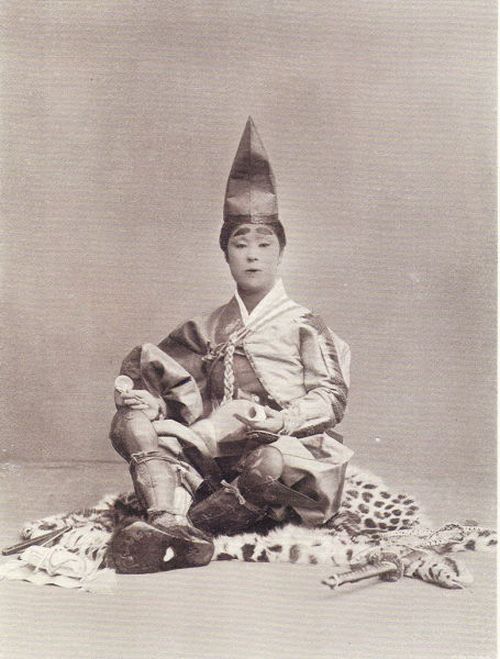|
|
History: Samurai Portrait
|
The term samurai originally meant "those who serve in close attendance to nobility", and was written with a Chinese character (or kanji) that had the same meaning. In Japanese, it was originally recorded in the Nara Period as a verb samorapu ("to watch, to keep watch, to observe, to be on the lookout for something; to serve, to attend"), which is believed to be derived from the frequentative form (morapu 守らふ) of the verb moru (守る, "to watch, to guard, to be on the lookout; to keep, to protect, to take care of, to be in charge of, to have as one's ward"). By the Heian period, this word had developed into the verb saburahu (さぶらふ, "to serve, to attend"), from which a deverbal noun saburahi (さぶらひ, "servant, attendant") was later derived, and this noun then yielded samurahi (さむらひ) in the Edo period. In Japanese literature, there is an early reference to samurai in the Kokinshū (古今集, early 10th century):
Attendant to your nobility
Ask for your master's umbrella
|
|









